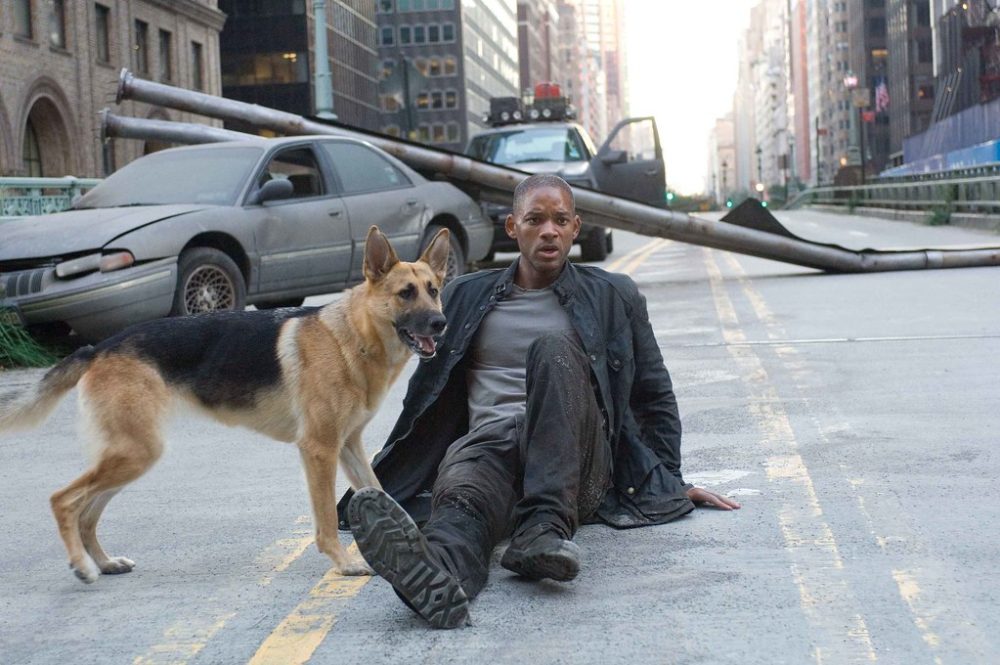How does the movie stack up to the novel?

The film gives Robert a purpose that the book did not.
Horror literally takes over the world in Robert Matheson’s 1954 novel “I am Legend” and Francis Lawrence’s 2007 film adaption of the same name.
In a world in which humanity has gone extinct, one man stands alone against an army of their vampire remnants. Both book and film bring their audiences into a world overcome by the dead and asks them who the real monsters are.
The book
Richard Matheson was interested in making a horror novel like one of his favorite novels, Bram Stoker’s “Dracula”. However, instead of it being a story of a powerful lone vampire battling a society of weaker humans, he reversed it completely; pitting a lone weaker human against a society of powerful vampires.
The novel is a short read and doesn’t overstay its welcome which is a good thing because, man, is it depressing.
After a pandemic which claims Los Angeles, Robert Neville is left as the only living man in the city. Every day he travels the streets for supplies and food and at night he drinks until he blacks out while listening to the vampires outside dare him to come out.
Their ringleader is a former neighbor of his. The vampires are in no hurry to destroy Robert because even though he kills dozens of them a day, he is only a minor inconvenience.
In his drunken hazes, he calculates how much a threat he truly is in an otherwise normal system and whether he is a savior of an extinct race or a threat to a thriving one.
In the end, however, he can only do so much and must learn to accept his fate, taking the rest of humanity with him. The plot is paper-thin but gut-wrenching and challenging.
The film
The film mainly follows the plot beats of the book but explains more. In flashbacks, it implies that the vampire outbreak was inadvertently started by Robert in his search to cure cancer. Thus, infecting everyone but himself.
The book’s protagonist would have brooded over this guilt, but not the film’s Robert, who is more hopeful and always looking for a way to confront this problem. He thus has a purpose to be here and works to find a cure in the lost city.
The film’s vampires are far more animalistic and less cunning in the film. Except for setting an elaborate snare, they are like lumbering bulls, smashing their bodies through any breakable structure in order to try and grab Robert.
Despite this, I must say that the film is mercifully more optimistic and enjoyable than the book could ever hope to be.
Another change in the film is the belief in the existence of something greater. Later in the story, Robert is rescued by two survivors who encourage him to believe in God, which he at first rejects but later accepts upon finding his purpose. In the book, Robert believed in nothing, hence having no reason to exist and, instead, wasted away while believing he was surviving.
There are two endings for this film and neither follow the more grim yet accepted ending of the protagonist from the book.
The victor
I prefer the film over the book as it is a more heroic and far less dour story than the novel, shifting the tone into more of a heroic tragedy than a tragic horror story.
